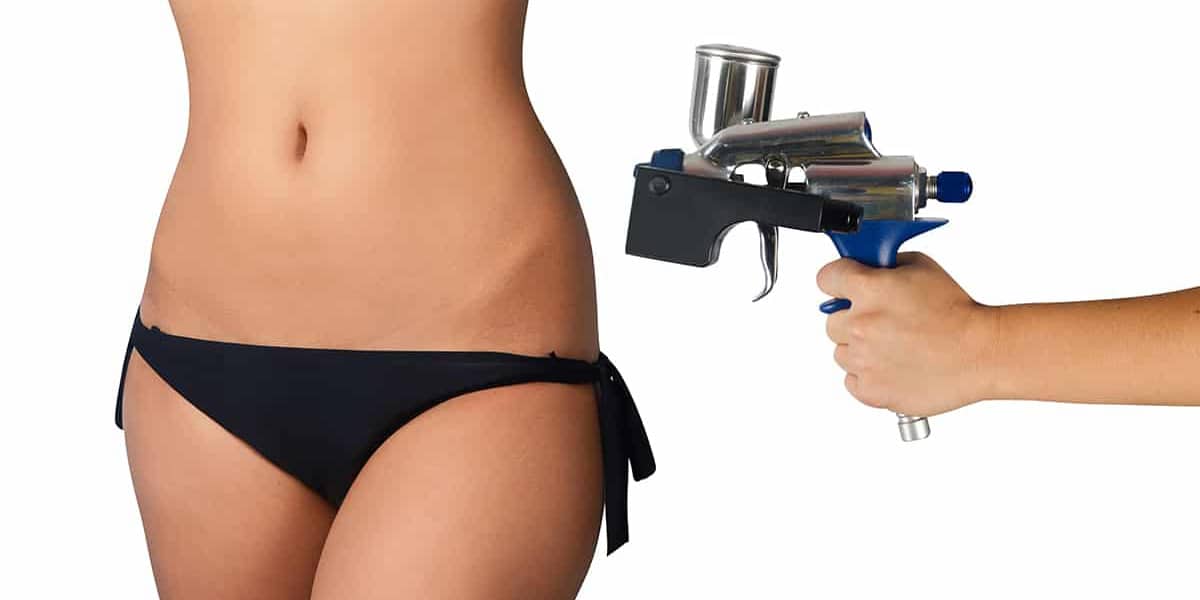Let’s face it: having tanned skin is a confidence booster for many young adults. Suntanning sure isn’t a health booster, though. When you expose your skin to UV radiation, melanin pigment is redistributed, causing your skin to darken. This happens in response to cellular damage caused by UV radiation (check out our previous post to read more). Instead of using the sun to get that highly sought-after glow, you can use sunless tanning products.
Sunless tanners contain dihydroxyacetone (DHA for short) which reacts with proteins in the top layer of your skin, causing it to appear darker. The tan is only semi-permanent, since the top layer of your skin (the one that reacts with the DHA) is replaced over time¹.
The FDA has only approved DHA for use externally². Avoid getting the product in your eyes, nose, and mouth, and on your lips. Also, don’t ingest the product³ – if you have young kids, it’s probably a good idea to keep sunless tanner out of their reach.If you’ve ever used a spray tanning booth, you’ll know that it’s hard to control exactly where the product sprays. What’s more, the FDA hasn’t yet approved DHA for use in spray tanning products. When spray tanning, some product could easily get into your eyes, nose, or mouth, or on your lips. You could even inhale some of the product. Before following through with the spray tan, ask the technician how your eyes, nose, lips, and mouth will be protected, and how you can avoid inhaling the product².
When used as directed, sunless tanners offer a safer option for achieving a tan compared to exposing yourself to UV radiation. But be careful – they aren’t a substitute for sunscreen and other sun protection methods. Unless the self-tanner is labeled with an SPF value, it won’t protect you from the sun². Even if the self-tanner is labeled with an SPF value, you’ll need to keep reapplying sunscreen over the self-tanner to make sure you’re protected for the entire time you’re outdoors³.
Sources:
- Wickett, R. R. (2005). How do sunless tanners work? Retrieved July 25, 2016
- U.S. Food and Drug Administration. (2015). Sunless Tanners & Bronzers. Retrieved July 25, 2016
- Palm, M. D. (2012). Ask the Expert: Are Self-tanners Safe? Retrieved July 25, 2016



